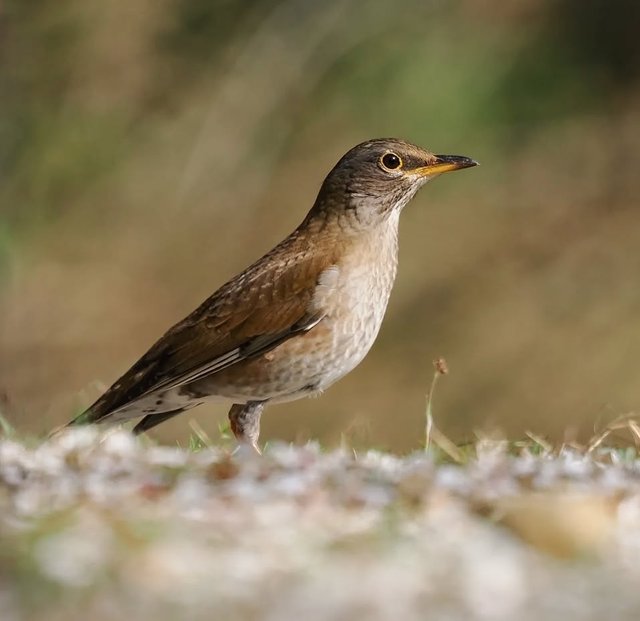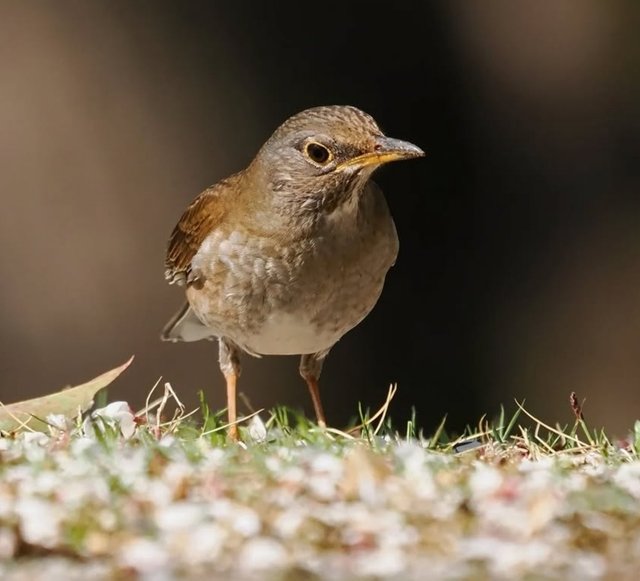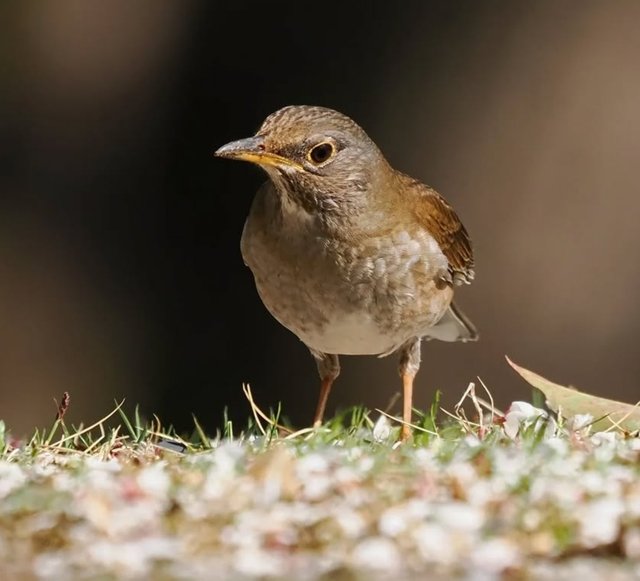Pale Thrush So Beautiful Flower
The Pale Thrush: A Quiet Beauty of the Woodlands
Among the lesser-known yet truly captivating songbirds of East Asia, the Pale Thrush stands as a subtle gem of the avian world. Often overshadowed by its more flamboyant relatives, this modest bird enchants keen birdwatchers and nature lovers with its delicate plumage, gentle demeanor, and secretive habits.
Appearance and Identification
True to its name, the Pale Thrush exhibits a soft, washed-out appearance compared to its more vividly colored cousins. Adults boast a light brownish-grey back, a pale underbelly, and a faintly flushed breast that ranges from cream to buff. The face is often slightly darker, giving it a hooded look, with a relatively slender bill suited to its omnivorous diet.
Sexual dimorphism is subtle. Males tend to show more contrast and slightly glossier feathers, while females are typically duller overall. Juveniles are mottled, with more speckled underparts that help camouflage them in the leaf litter of their forest homes.
Habitat and Distribution
The Pale Thrush is a migratory bird that breeds in the cool, forested regions of northeastern China, Korea, and parts of Russia. As the chill of winter approaches, these birds journey southward to warmer climes, wintering in Japan, southern China, Taiwan, and even occasionally in parts of Southeast Asia.
They prefer woodlands, bamboo groves, and shrubby parks, often staying close to dense vegetation. Despite their wide range, they are often overlooked due to their shy nature and muted colors.
Behavior and Diet
A classic thrush in behavior, the Pale Thrush forages mainly on the ground, flicking aside leaves and debris in search of insects, worms, and fallen fruit. They move with a characteristic hop-and-stop motion, often pausing to look around with alert, darting eyes.
| Device | cannon eos 700D |
|---|---|
| Lens | 55-250 zoom leans |
| Location | Bangladesh |




